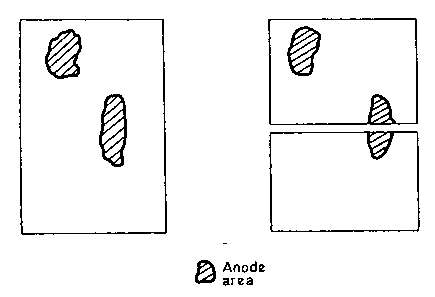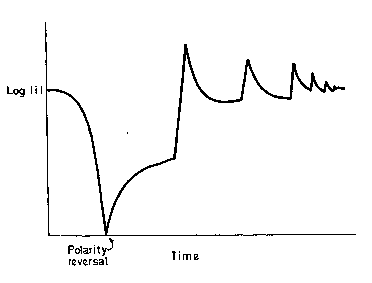
 |
 |
| |
| |
Zero Resistance Ammetry
A zero resistance ammeter (ZRA) is simply a current to voltage converter. It gives a voltage output proportional to the current flowing between its two input terminals while imposing a 'zero' voltage drop to the external circuit.
A ZRA may be used to measure the galvanic coupling current between two dissimilar electrodes. An interesting application is when the coupling current between two nominally identical electrodes is measured.
If both the electrodes were identical then very little coupling current would flow. In real life the two electrodes will be slightly different, one being more anodic or cathodic than the other and a small coupling current will exist. Perhaps the best way to visualise this is to think of a single electrode which supports distinct anodic and cathodic regions on its surface. Then imagine this electrode chopped in half and the two parts connected via a ZRA. The ZRA will intercept some of the current flowing between the (now separated) anodic and cathodic regions.

Empirically, the coupling current tends to be something like 10% of the corrosion current, depending on the system. Measure the coupling current, multiply by ten and you have the corrosion current and hence the penetration rate. Of course you have to ignore any polarity reversals, but you will not be far off. Typical output will be something like this.
